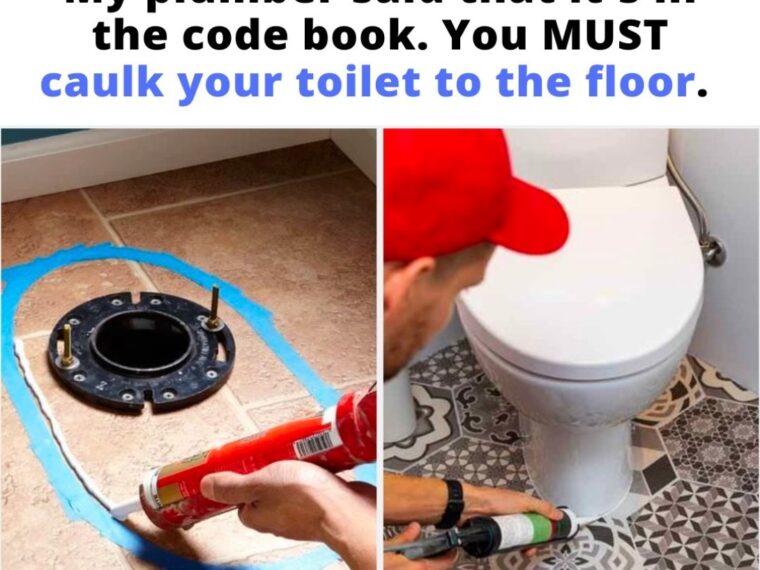Steps
- Clean the Area
Remove any old caulk or debris from the base of the toilet using a utility knife. Clean the area thoroughly and allow it to dry. - Apply Masking Tape
Place masking tape around the base of the toilet, leaving a small gap (about 1/8 inch) where the caulk will go. This helps ensure a clean application. - Load the Caulking Gun
Cut the tip of the caulk tube at a 45-degree angle, ensuring the opening matches the width of the gap you’ll be sealing. Insert the tube into the caulking gun. - Apply the Caulk
Slowly squeeze the trigger of the caulking gun while guiding the tip along the base of the toilet. Apply a smooth, even bead of caulk around the entire perimeter. - Smooth the Caulk
Use a damp finger or a caulking tool to smooth the bead and press it into the gap. This step ensures proper adhesion and a neat finish. - Remove the Masking Tape
Carefully peel away the masking tape before the caulk begins to set. - Allow to Dry
Let the caulk cure for at least 24 hours before using the toilet. This ensures it forms a strong seal.
Common Myths About Caulking Toilets
1. It Traps Leaks
Some homeowners worry that caulking will trap water under the toilet if a leak occurs. However, the purpose of the wax ring is to prevent leaks, and a properly installed toilet won’t have this issue. Regular inspections and maintenance can further mitigate any concerns.
2. It’s Only for Looks
While caulking does improve the toilet’s appearance, its primary function is structural and hygienic.
3. It’s Hard to Remove
Modern silicone caulk is designed for flexibility and durability, but it can be removed with a utility knife and some patience if necessary.
When Should You Call a Plumber?
If you notice persistent leaks around your toilet, frequent wobbling, or gaps that can’t be sealed with caulk alone, it’s time to call a professional plumber. These issues may indicate underlying problems such as a broken flange or an improperly installed toilet.
Final Thoughts
Caulking your toilet to the floor is more than just a finishing touch—it’s a critical step in ensuring the longevity, safety, and cleanliness of your bathroom. By following these guidelines and adhering to plumbing codes, you can avoid costly repairs and maintain a functional and aesthetically pleasing bathroom. So, the next time you hear your plumber say, “It’s in the code book,” you’ll understand exactly why caulking is essential!




